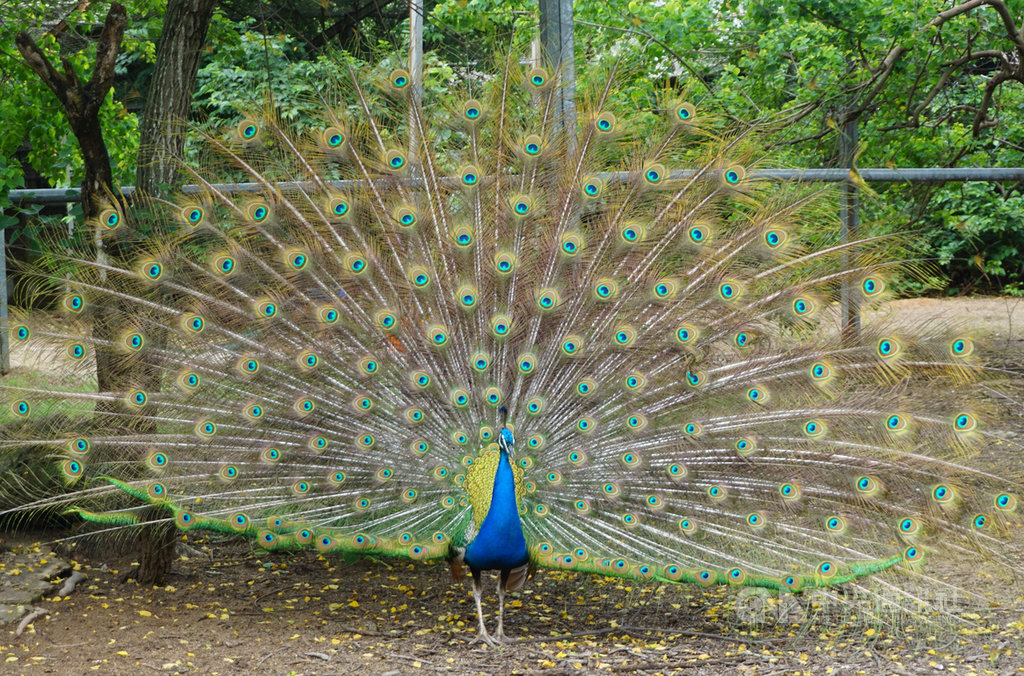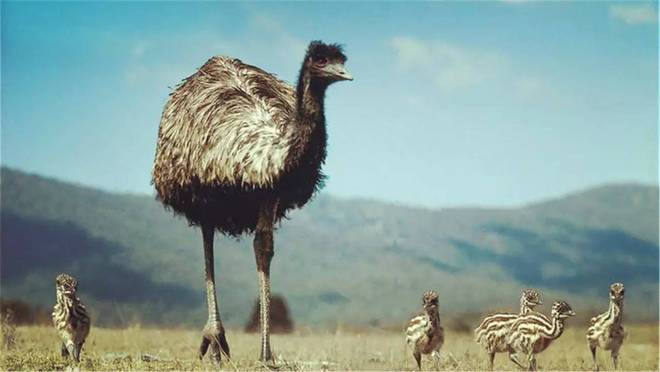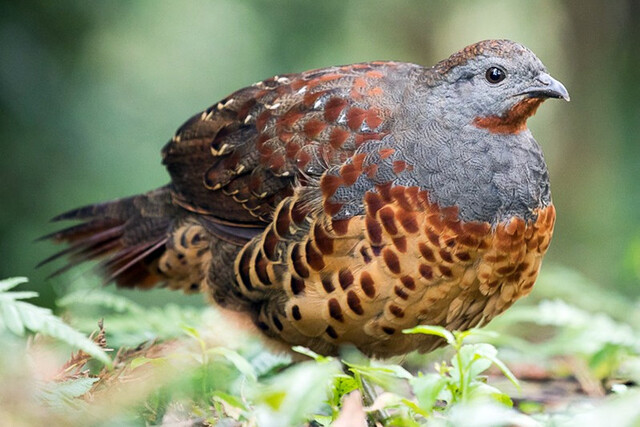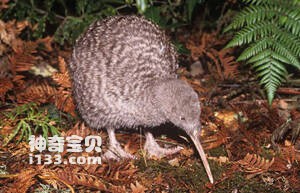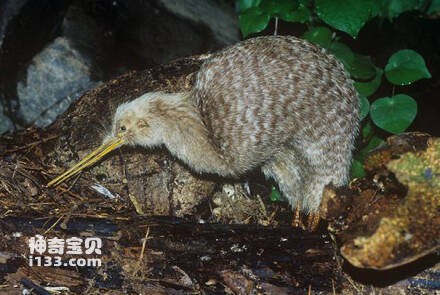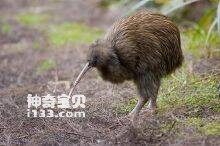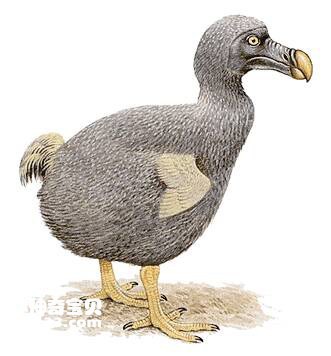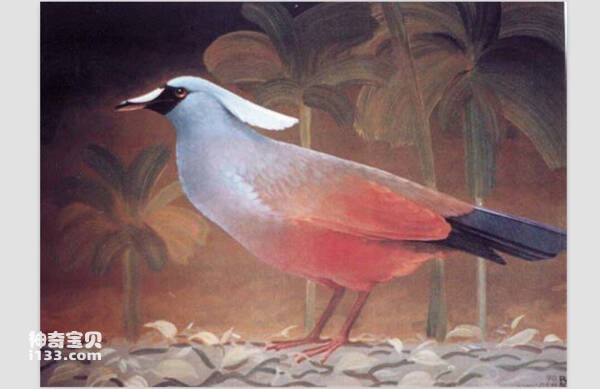Columba pulchricollis
IUCN
LCBasic Information
Scientific classification
- name:Columba pulchricollis
- Scientific Name:Columba pulchricollis,Ashy Wood Pigeon
- Outline:Landfowl
- Family:P.Order P.family P.genus
Vital signs
- length:35-40
- Weight:About 310g
- lifetime:No textual research information is available
Feature
The upper back is dark brown, with greenish-purple metallic luster, and the lower back is black to the tail
Distribution and Habitat
The species is found in Tibet, Yunnan and Taiwan within China. Outside China, it is found in India, Nepal, Myanmar and Thailand.
The pigeon inhabits evergreen broad-leaved oak forests at elevations of 1200-3200 m.
Appearance
The pigeon is a medium-sized bird with a body length of 35-40 cm. Male and female alike, pigeon gray from head to pillow, slightly lighter on the side of the head, with a prominent yellowish semi-collar on the lower nape, and black spots on the feather base. The upper back is dark brown, with green and purple metallic luster, and the lower back and waist are SLATE black. The tail is covered with SLATE gray, the longer tail and tail feathers are black-brown, the upper wings are lead-gray brown, and the inner side is darker. The primary and secondary feathers are dark brown, and the second to fifth primary feathers have a light brown narrow margin. The chin and throat are white, the chest is grayish-brown, the abdomen is dark yellow, and the flanks are slightly purplish-gray. Undertail cover yellow, axillary dark brown.
Iris light yellow, mouth yellow, wax film light green. The feet and toes are dark red or Burgundy, and the horns are yellow.
Size measurement: Weight 310 grams; Bod
Details
Columba pulchricollis (Columba pulchricollis) is a foreign name Ashy Wood Pigeon, no subspecies.
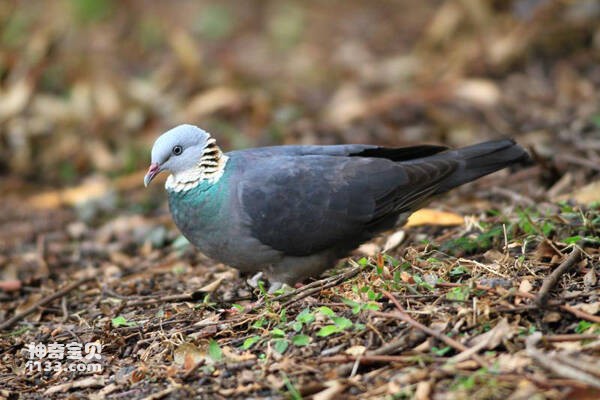
Pigeons live alone, in pairs or in small groups of 10-30. Usually arboreal, timid and alert, often hiding in the oak-based broad-leaved forest, difficult to see. Nest in trees in the forest. The nest is simple, platform-like, composed mainly of dead branches, with a few feathers inside. It mainly feeds on various stone fruits, berries, seeds and grains such as acorns. The cry is a low, continuous "whoo, whoo" sound.
The breeding period is from May to July, each brood lays 1 eggs, occasionally 2 eggs, white eggs, the size of 38-42 mm ×27-30 mm.
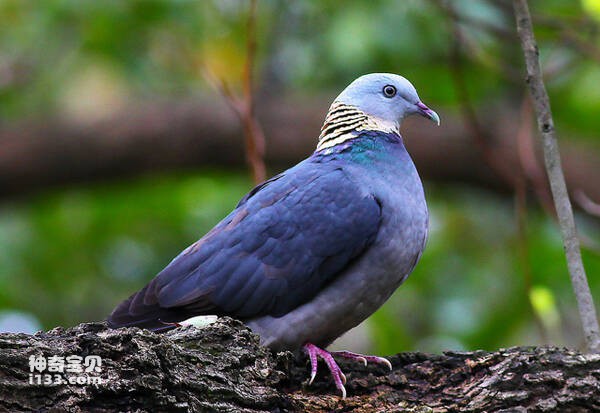
The global population size of the pigeon has not been quantified, but the population in Taiwan, China, is 10,000-100,000 pairs, and the population is declining due to ongoing habitat destruction.
The pigeon is listed on the World Conservation Union (IUCN) Red List of Threatened Species ver 3.1 - Not Threatened (LC) for 2012.
Protect wild animals and eliminate wild meat.
Maintaining ecological balance is everyone's responsibility!

